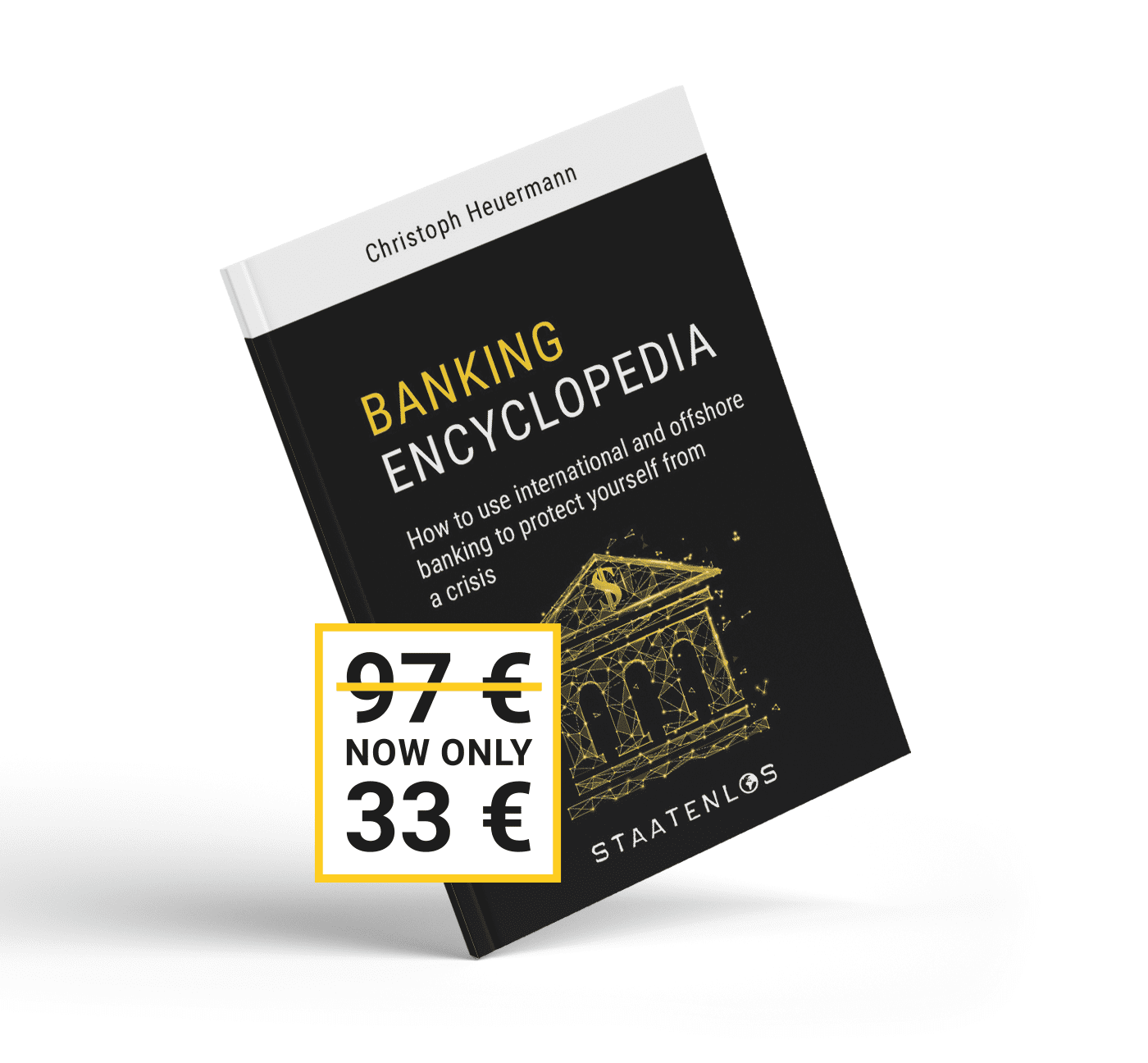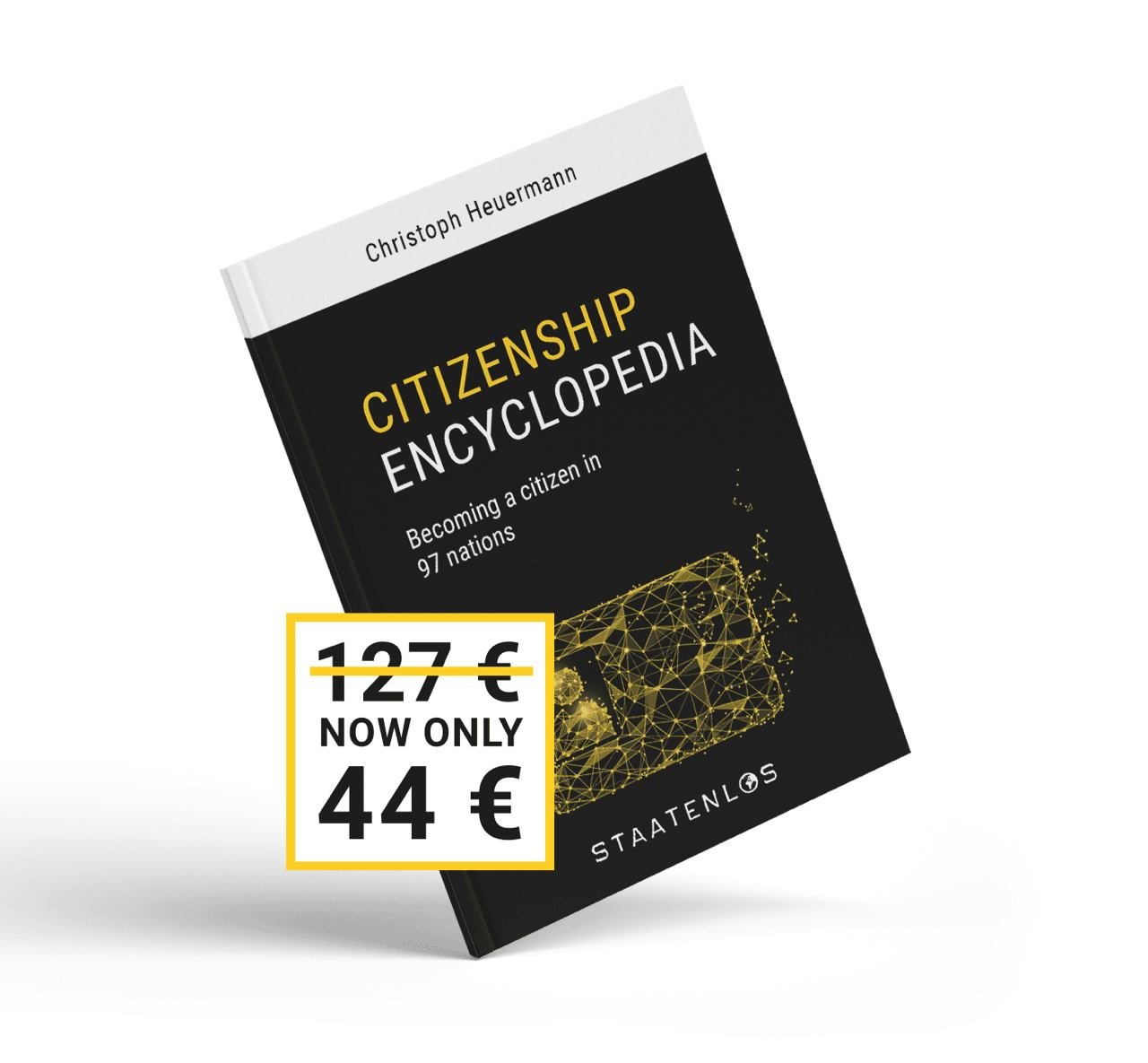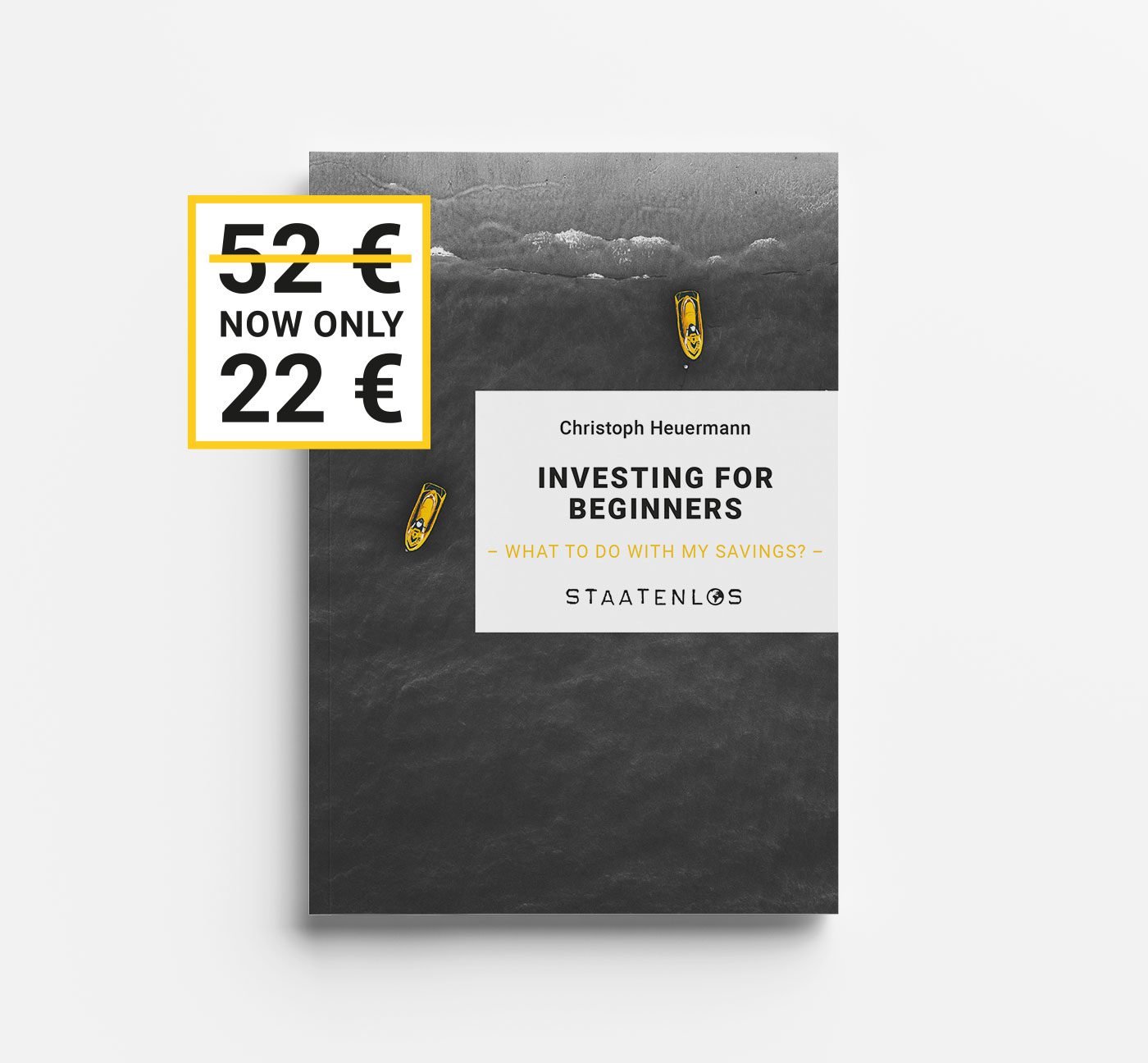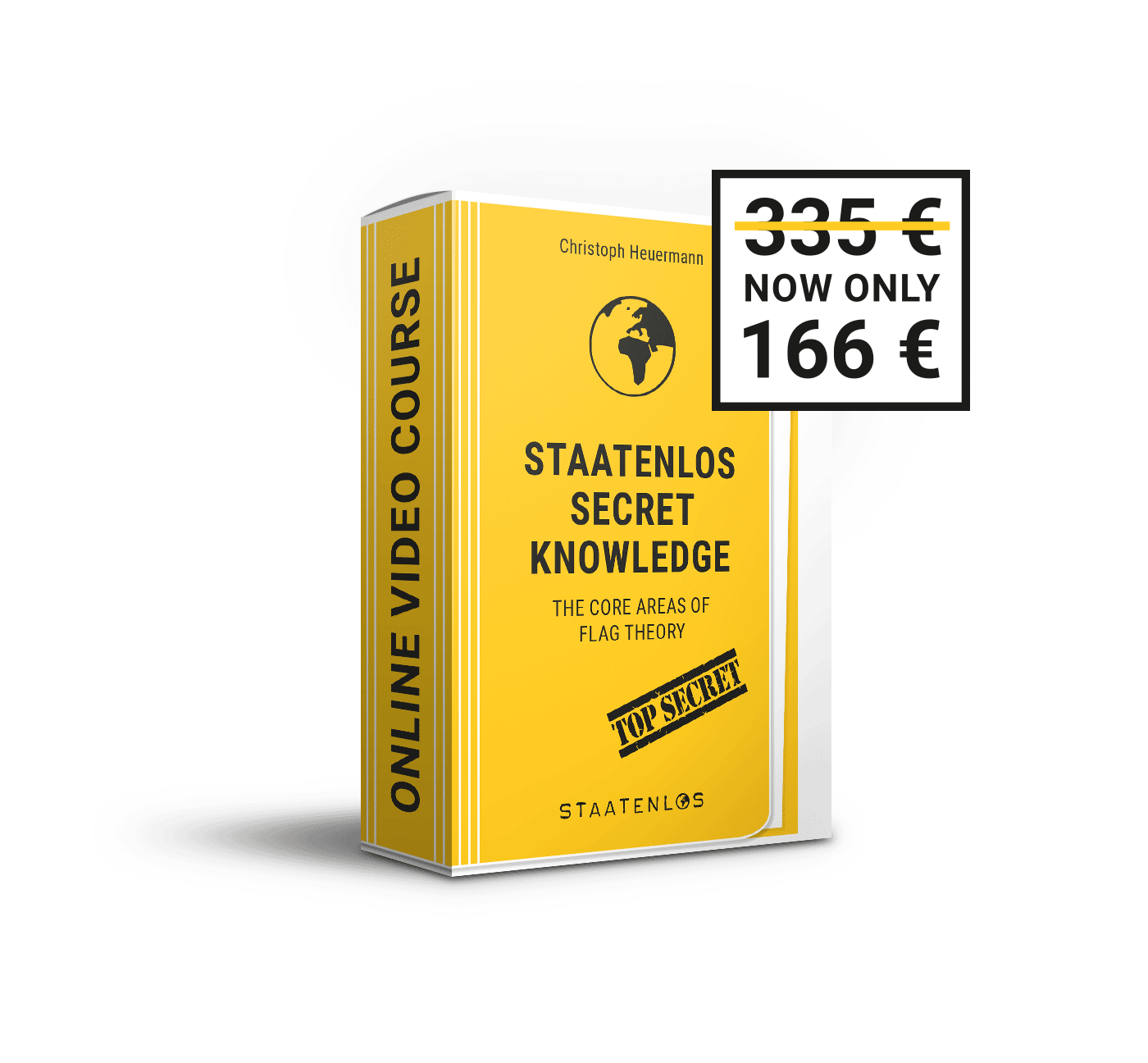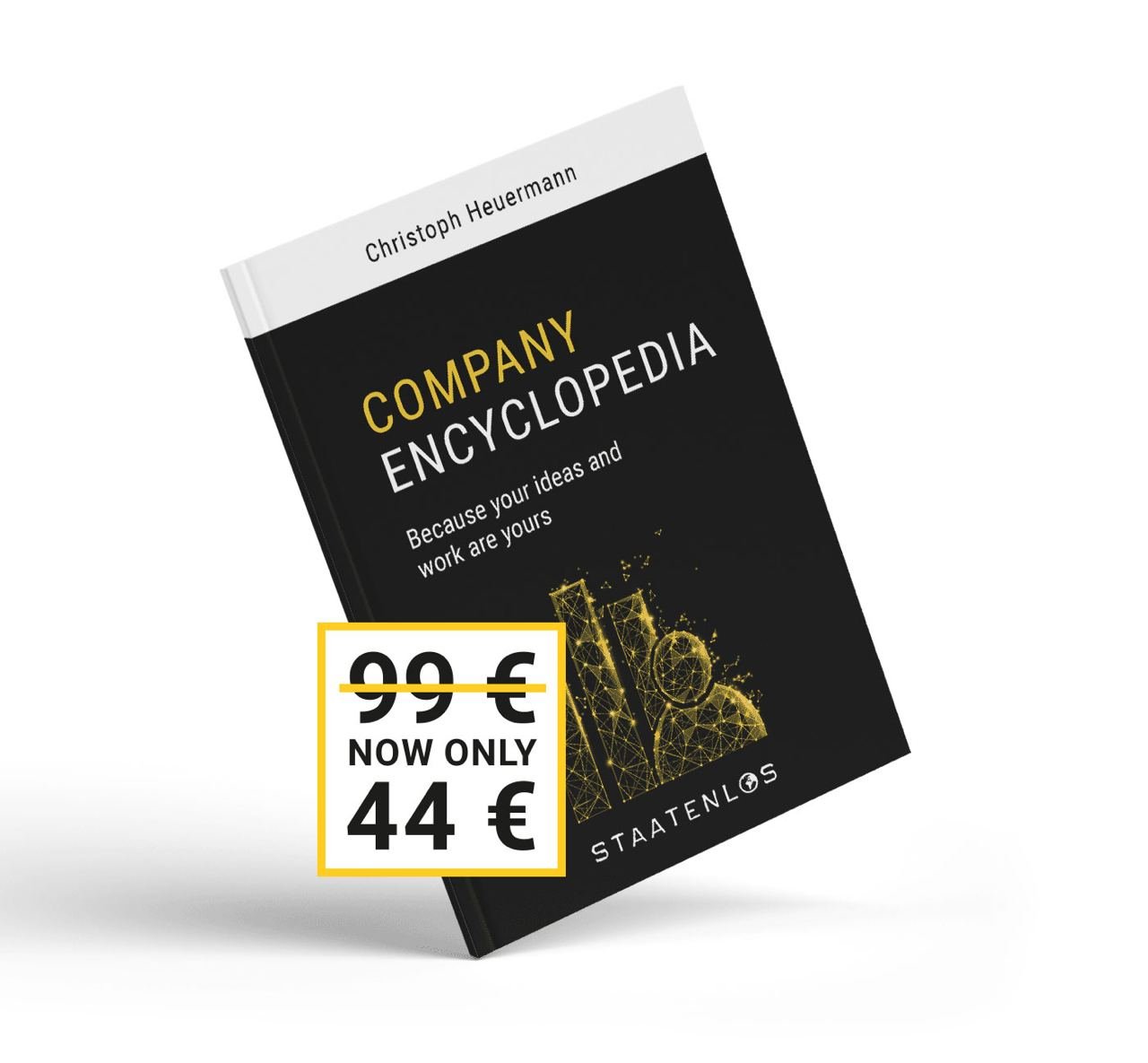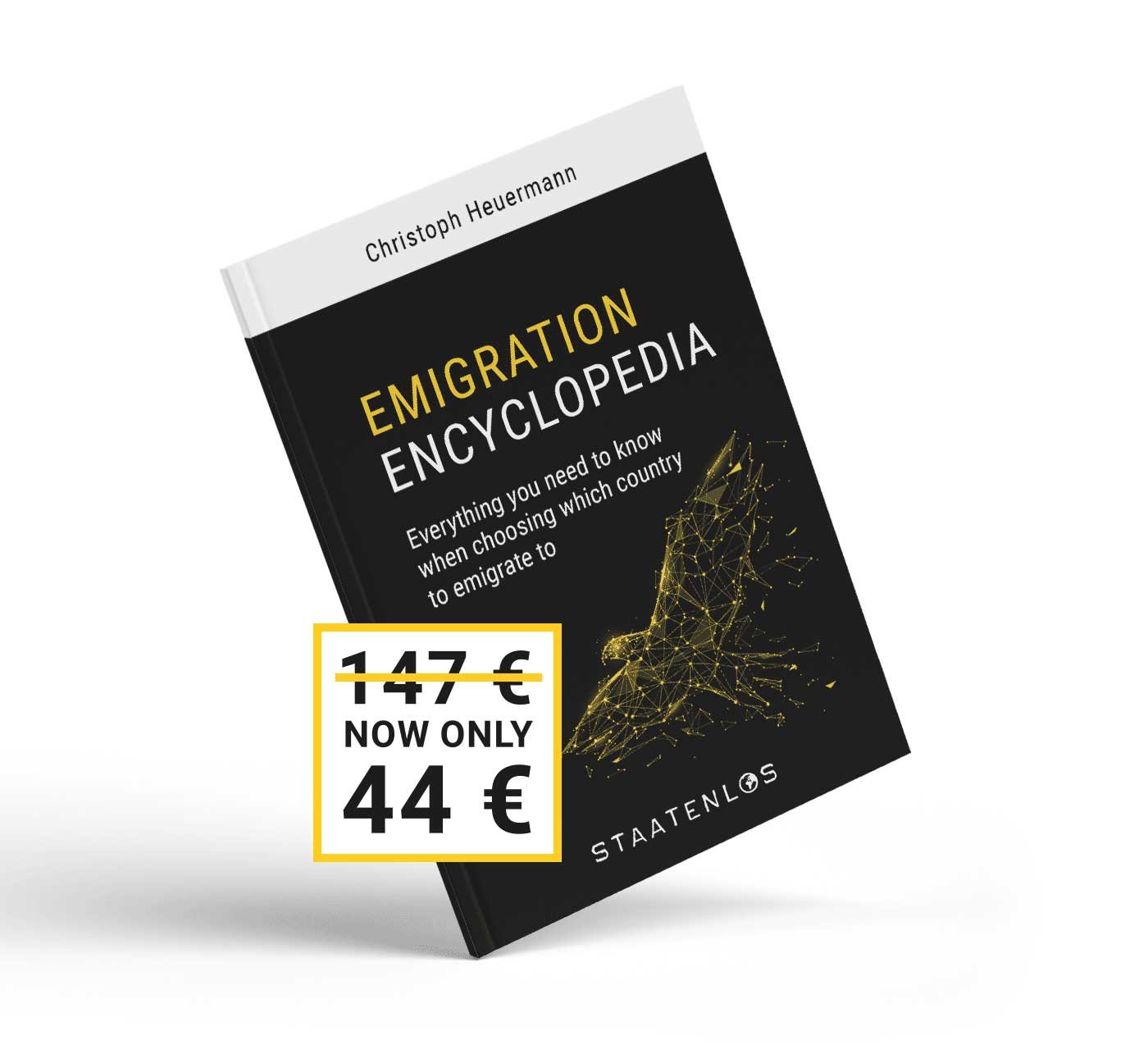Today at Tax Free Today we have an article on imports and exports of goods for FBA businesses. It has been written by a German guest blogger, an expert in customs: Tobías Lindner.
Our guest’s article follows on from our articles on European VAT on digital goods and on physical goods. In the not-too-distant future we’ll publish an article on FBA, this time talking in depth about the fiscal aspect (if you want to be kept up to date, I recommend subscribing to our newsletter).
What you’ll need to do with your FBA business to legally sell goods within the EU.
In this article I’m going to show you what you need to bear in mind when it comes to importing, exporting and sending goods within and outside of the European Union through the Amazon FBA programme.
The EU is an association of independent countries. Amongst other things, it was created to try to greatly simplify trade of goods within the EU common area.
In order to achieve this, national trade restrictions have been repealed and replaced by a single agreement (the EU Treaty).
However, if you sell outside the EU or you bring in goods from outside the EU, you’ll have a different situation on your hands.
Countries usually use customs to make domestic goods more appealing and to protect them from foreign competition, in other words, to promote sales of national goods. So, items purchased abroad are subject to customs duty, to make them more expensive.
Therefore, if you buy goods from non-EU countries to sell through FBA within the EU, you’ll inevitably have to go through customs. The idea of today’s article is to help get you ready for this and to show you the available possibilities for setting up your business legally and efficiently.
Register your company at customs with the EORI (Economic Operators Registration and Identification) number.
For legal reasons, it doesn’t matter where in Europe your company is: Ireland, Estonia, Cyprus, Malta, Bulgaria… it doesn’t matter, because you’ll be operating within EU territory.
In order to receive goods purchased abroad, you have to register as an economic operator with the competent local authorities. In general, customs authorities are responsible for checking that everything is running smoothly.
EORI stands for ‘Economic Operators Registration and Identification number. With this registration number your company will be able to import goods to, and ship them within, the EU, and even export them from the common area to a non-member country.
By the way, bear in mind that before making any transaction (purchase or sale) with trading partners who do NOT reside in the same country as you, you’ll have to verify the EORI number. This is done via the European Commission’s website.
Only if the number of your trading partner comes out as valid will you be able to import, export, or ship goods.
Similarly, if you have registered in FBA with an Estonian, Bulgarian or whatever company, you’ll need to apply for your EORI number with the competent authority there (this can usually be the Inland Revenue or Customs authority).
Bear in mind that the EORI number is unique to the company. So, if you act as a self-employed person or with a limited company in Spain, for example, you would get an EORI number from the Agencia Tributaria (Spanish Tax Agency) upon request.
But if for whatever reason you decide to move your company to another European country, like Bulgaria or Cyprus, you’ll need to cancel the registration of your EORI number in Spain and apply for it in the new country. You couldn’t keep your old number and use it for the business in Estonia.
Foreign suppliers – what you need to know before buying abroad and how to do it correctly.
Thanks to globalisation, buying goods from anywhere in the world is no longer a problem. The big logistics companies are now so well organised that you can get your goods from practically any region.
However, there are some things to consider before importing goods to the EU so that you can then sell them without any issues.
The EU as a group of countries is nothing more than the result of a common economic area. In the cases where companies from different economic areas trade with each other, they’ll have to follow a few steps.
The first thing you have to ask yourself is whether there are unilateral or bilateral trade restrictions between countries and if so, what these restrictions mean for your business.
This could sound complicated at first, but it’s actually quite simple. These are so-called sanctions, which are often imposed unilaterally on foreign countries.
For example, if you want to buy goods from North Korea, Iraq or the Congo, you’ll inevitably come across them.
You can find a list of countries and economic areas on which the EU has imposed sanctions (including the US and China) here. This list also includes the type of restriction imposed. For example, North Korea has been restricted from almost all trade, while China only has an arms sanction.
The opposite of sanctions would be free-trade agreements. There are many such agreements and they can make bringing in goods from these countries easier.
As well as paying attention to sanctions and free-trade agreements, you’ll also need to bear in mind the safety of the goods. Depending on the case, you’ll need specific certifications for import of goods you’re going to sell in the EU.
In the EU there are specific rules for many goods. They’re designed to guarantee people’s safety, for example, with regard to the toxicity of certain substances.
The more complicated a product’s structure, the more likely you’ll be asked to provide proof that it’s safe to use. This brings us to the crux of the issue: Safety!
You have to be able to prove that the product you wish to import to the EU meets its standards and that it can thus be distributed with total safety. Products that pass the test are ‘CE marked’.
Again, it sounds more complicated than it is. You can read about types of products that need CE marking here.
In principle, products that aren’t on this list don’t need CE marking. However, depending on the case, it might be a good idea to get a Certificate of Conformity based on a product testing. You can find more information on CE marking on the European Union’s website.
Bear in mind that if someone asked for compensation for an accident caused by or with your product, you’ll be considered responsible, and you could be asked for compensation or prosecuted. You will not be able to pass on the claim to your supplier; you will be responsible in the first instance.
Generally, and especially if you think you could get into a complicated situation, it’s advisable to take out civil liability insurance and, of course, use a company that limits your liability rather than working as a self-employed person.
In this way you will be protecting your company and your personal assets in case of lawsuits due to a malfunction or risk of your product.
The amount you have to pay depends on the potential risk of the products, as well as the volume of sales and the country your company is in.
Most of the products you’d probably want to sell on Amazon or any street shop would pass the test without a problem and can be imported without major restrictions.
However, it’s extremely important to know the regulations and, especially, their consequences, since, I’ll say it again, as distributor of the products you have entire liability.
I have the product I’m going to sell and I’ve bought it. Now, how should I declare it to pay the least possible amount and to get it’s free circulation in the EU.
All goods imported from non-member countries are subject to Customs Supervision at time of import, that is, your products will always have to pass through Customs Controls. This is required by law.
It’s a good idea to read up on the subject, whether directly or by hiring the services of third-parties, such as a declarant or carrier. In the case of a carrier it’s highly likely you’ll end up paying more than necessary and it’ll be a bad move. Having a reliable declarant can be worth gold, or money.
The price you’ll have to pay at customs for the import of goods depends on how they’re classified. Depending on their function and the materials used, you can try to get them included in one category or another, to use the Combined Nomenclature.
When your product arrives by post and the customs officer review the shipment, he will try to assign it to a specific chapter. If there is any doubt, the officer will ask you for the tariff heading under which you want to declare the products, and you will undoubtedly want to make a successful proposal.
You’re generally allowed to suggest a category, but they’ll always check if your proposal is valid. If a valid tariff heading can’t be found, they usually won’t let you declare the goods and you’ll have to leave them at the border.
However, this classification is the first thing you need to worry about so as not to draw out the customs procedures and have the goods classified in such a way that it’s more expensive that what you hoped for.
In the Combined Nomenclature, the smallest chapter numbers contain the least processed goods. These include, for example, animals and natural resources.
The higher the chapter number, the higher the degree of processing of the products. The last chapters include high-tech goods.
Now you can classify your goods based on the designation used in the Customs Tariff. This is called tariff classification. It’s quite easy to do online.
Bear in mind that suppliers can’t be made responsible for the tariff heading. If your trading partner tells you to enter the number XX with a 3% tariff, but then customs determines that you must declare it with a number other than 20%, you cannot legally pass it on; it is you who assumes responsibility as a customs declarant.
In short, it’s worth choosing the appropriate heading or finding someone who can choose it for you.
How to ensure your assumptions are correct and obtain a secure legal basis for the tariff classification of your product and the consequent customs duty.
At the end of the day, customs control decides whether the proposed tariff classification is actually the right one.
Logically, importers tend to choose the lowest tariff rate based on their economic interests, but this can sometimes be problematic.
If you’re going to be an importer in the long-term, you can expect it’ll take two or three years at most to pass a customs check.
In these checks they’ll inspect your latest imports and ask for proof that everything has been done correctly.
It’s a relatively simple process, although the customs officer will pay particular attention to the tariff rat chosen.
If you want to avoid nasty surprises during this inspection, you can request Binding Tariff Information for your goods.
And now you’ll be wondering, what’s that?
Customs officers’ work entails classifying your goods in the customs tariff, namely, to check that you’ve classified them correctly and to issue a document certifying it.
This document is legally binding and serves to assure you in case of inspections or any other problem.
If you’ve assigned your goods to a specific chapter in the customs tariff, you must send this code (tariff heading) with a sample of the goods and the corresponding request to a customs department.
Unfortunately, this process takes a little while, up to 6 months, but in doing so you’ll get legally binding information that’s valid for several years from the date of issue.
Generally, those of us who sell will FBA offer a small amount of products. This means that we sell products of the same type, but, for example, in different colours. In general, someone who sells in FBA doesn’t handle hundreds of different items.
This, of course, is a huge advantage because you can easily ‘secure’ the product with binding tariff information. The colour of the product is completely irrelevant here.
There’s another advantage on top of legal protection: Customs clearance is free! The customs authorities do not charge for checking and clearing your classification.
The only thing you will be charged for is the product sample you’ll have to submit together with the request.
By making this request you are giving the customs authorities permission to examine the sample, which may mean, amongst other things, them destroying it and you no longer being able to sell it. In principle, this will be the only cost if you make the request yourself.
What happens during customs procedures and what are the costs?
Normally, when you start your FBA business it won’t have the sufficient size or need to merit having its own customs department. It is therefore advisable to draw on the experience of suppliers.
When calculating customs duties, the purchase price of the goods is always specified. In this case the prices refers to that of the supplier, who is the one who writes it on the invoice. In the customs office the so-called customs value is determined. This includes all costs have that arisen on the way to the European border. Depending on the part of the world the goods come from, you’ll have different border stations.
When starting your FBA business you’ll most likely do your first shipment by plane, such that the first contact with the EU will be the airport your goods arrive at. When the goods are shipped in containers, the port of destination in the EU (such as Rotterdam or Hamburg) will be a border crossing point into the EU territory.
Why does this matter? In every instance, you’re going to run into transport costs for the goods.
Sometimes, delivery to the customer’s home or warehouse is included with the purchase of the product. Therefore, if the transport costs of the parcel are $200, the transportation from your Chinese supplier to the Amazon warehouse will generally be covered.
However, for customs value only the journey up to the EU border counts. As a result, the total cost of shipping can be reduced from the EU border to the Amazon warehouse, as this route is within the EU. After the customs procedures within EU territory, goods can circulate freely and without trade restrictions.
The costs for goods shipped in containers to an EU port are relatively easy to evaluate. All transportation-related costs are relevant for the customs value.
This means that the port and handling tariff in China, as well as in Rotterdam or Hamburg, are included in the customs value. Transportation of the goods to the warehouse by lorry could be deducted if the supplier has already been paid.
A little harder to evaluate is air freight, as a plane from the Far East will cross the border somewhere on the eastern edge of the EU.
Since no one can, nor wants to, influence the plane’s route, there are global taxes to make it easier. You only need to know the country from which the goods will be sent to the EU.
If you go to Asia, you’ll see it’s split into different zones. This just has to do with distances, which can vary significantly from the Middle East to Mongolia.
For example, you can find China in zone L with a value of 70. This represents the percentage of transport costs to be included when calculating the customs value.
Let’s put everything we’ve seen into practice and say you want to sell a backpack on Amazon. You can find a supplier in China through the well-known supply platforms negotiate with him. You order 500 backpacks at $4 each, making a total value of $2000. To facilitate the process, you also get transport to Amazon’s warehouse through your supplier. He’ll charge you $1000 for the delivery and will ship the goods by plane. This price includes handling costs at the airport in China and the EU country your company resides.
When calculating the customs value, the $2000 sum will, of course, be converted to euros. As indicated in the table above, 70% of the freight costs must be added, which would correspond to 70% of $1000. The customs value to be declared for the goods is therefore $2000 + 700 converted into euros.
How to receive your goods through customs quickly and effortlessly.
There are large parcel service providers like DHL, FedEx, UPS, or the service provider EMS, which offers the service of declaring goods. If you want to speed up the process you can choose this option. Parcel service providers have their own customs departments solely dedicated to this task.
So, why should you bother learning about all this and declaring your goods yourself?
You’ll need to be careful. If you hire a service provider to handle the customs process, they’ll often be authorised to pay customs charges and VAT on imports with their account.
To do this, the service provider discounts what is called a customs supply tariff. This is usually around €10 to €30 per customs procedure.
As I said earlier, you must register with customs in advance and have an EORI number. You must also be able to classify your goods using the description of the products in the customs tariff and have a code ready to be able to do so.
It also goes without saying that your account should have adequate funds for customs duties and VAT on imports.
In the backpack example, the import duties were as follows:
Customs value $2,700 / 1.1 EUR/USD exchange rate = €2,454.54
Then there’s the 12% customs duty classification in the tariff = €294.54
Tax base for VAT on imports (EUSt in Germany) = $2,454.54 + 295.54 + 300 of freight = $3,021.81
After 19% VAT on imports = €574.14
Total customs duties go up to €294.54 in customs and €574.14 in EUSt (German import tax) = €868.68
If your provider offers you discounts, they’ll also be valid for customs. It’s always the actual price paid for the items and not their value.
It’s a good idea to set up a customer account in advance with the parcel service provider. This is usually quite straightforward, plus it’s quick and free.
Before your supplier ships the goods from China, you must input your EORI number, the customer number from the parcel service provider and your business bank account in the address field. This means the carrier will have all the information he’ll need for getting through customs.
It’s also a good idea to indicate the tariff heading here or, for example, in the invoice recipient field or on the envelope. You’ll thus be helping the people at Customs out if they want to see the items.
Your carrier will probably get in touch with you to get this number once the goods have arrived, so you’ll save time if you give it in advance.
Obviously, this is not the only way of doing it: Generally, the package is stored in customs after it arrives and your carrier will get in touch with you to let you know about the subsequent use of the products. You could then send him the relevant information and entrust him with the customs procedures.
You’ll most often have to pay a capital contribution fee and, of course, all the taxes, as well as a possible processing fee that’ll probably include the cost of temporary storage. This is another option, but it’ll cost you further.
You’ve already paid the fees. Now what?
Now the goods have gone through customs and you’ve paid, you can do with your products what you like. This is officially called ‘release for free circulation (of the owner)’ What this ultimately means is simply that you’ve managed to import goods to the EU and can now sell them. Customs supervision is completed with the delivery of the goods, after which you will be able to pass them on.
As agreed, your transport provider will pick up the goods at customs and deliver them to their destination. There they’ll be processed, collected and prepared for sale. Now you can sell them as soon as you have the approval of your supplier, like Amazon.
You must keep the fiscal or customs notification in a safe place. If you have outsourced your accounting, send the document to your accountant as soon as you can.
Keeping the notification will be useful firstly to deduct the cost and secondly, as proof in a possible tax or customs inspection.
But could customs inspect you?
Let’s see: since your business is FBA, the customs authorities supposedly won’t pay so much attention to you. When deciding who to inspect, customs are also guided by the amount of money (and product) being moved, and controls tend to focus on companies importing goods for hundreds of thousands, if not millions of euros, because that’s probably where they’ll find the big fish and cases relevant to customs law.
That said, you could also run into a customs inspection. If you unwittingly misrepresent an import shipment and alert customs’ attention, the best thing is to take care of it as soon as you can and clarify the situation.
At the beginning of this article I said that, if possible, you should get as much legal certainty as possible for your goods.
It would be fantastic if you got away with paying a low percentage at customs and the supplier passes the tariff heading through customs, but you have to be careful.
I strongly recommend that you confirm this number with binding tariff information (BTI) and thus get legal certainty in your business.
With a valid BTI document for your items and a fiscal or customs notification, according to which you’ve paid customs duties with the confirmed tariff heading, you can await the customs inspection with peace of mind.
How can you save money during customs procedures?
In this situation, sending the first sample is crucial. When you have an FBA business you usually order these samples from suppliers.
Frequent requests to Chinese manufacturers by alleged distributors and the fact that many people exploit good conditions has led to inflated prices sometimes being demanded for samples. In this way, Chinese traders avoid those usufructuaries who only want cheap products.
But many vendors emphasise that they’ll charge for the cost of sample products when placing an order. But it’s not just the vendors who offset costs. If you declare this shipment as a sample delivery, it’ll normally be duty-free. It’s essential here that the items are never sold to end customers.
Another way of saving money is by using consolidation services. When you look for a product supplier you’ll see there’s a huge variety. To individually evaluate suppliers, you can ask for an individual sample from each one. If you send them to a consolidation service in China, you’ll group the shipment of several samples and you’ll be charged a single shipping cost from China to the EU.
Both your transport service provider and customs will treat it as a shipment. With this procedure you’ll avoid having to pay a freight rate several times over for all the packing material you’ve put in the box. In addition, you’ll only have to pay handling costs in the EU once to your supplier.
Everyone starting their FBA business will be really anxious about being able to import, store, and then sell complete and finished products. This is definitely the way many people should go about it, because it’s the easiest way to start a business.
If you’re doing well and you increase the amount you import, it may be worth taking a closer look at the product. Taking into account your tariff heading and the corresponding composition of the product, you can see if it’s possible to save some money on customs duties and proportional VAT on imports.
Is it cheaper to use a natural fabric or a plastic one? Is any particular metal cheaper than other ones in customs procedures? Is it worth shipping certain components? You can organise the assembly in Ireland, Estonia, Poland or anywhere in the EU through a company and it can, in the end, turn out to be cheaper .
But, you shouldn’t worry about these things until you have a working business and you want to start focussing on the details. In this sense, you should always consider the entire processing chain. It won’t do you any good for you supplier to use other materials, as it will lower the quality.
You also won’t gain anything by sending cheaper components, as additional shipping to an EU supplier and assembly will end up costing you more than you save. You’ll need high quality items or a lot of them for that to work out as profitable.
My conclusion and recommendation on what you should do with your FBA business.
When it comes to setting up an FBA business, the issue of customs is usually overlooked. It’s a shame because with good preparation and cooperation with the authorities, you can secure your business and even reduce costs, improving your margin.
If, however, you don’t pay what you should at customs (for example, because the invoice shows a lower value than the real one), this will pose a huge risk to your business. Whether it’s deliberate or not doesn’t matter. I don’t mean to be cynical, but the consequences would be similar to falsifying a tax return.
At customs control you may be made to pay import duties on the three previous years, which can mean the end for some.
Bear in mind that FBA businesses are often set up with limited resources as a sole proprietorship, even as a self-employed person (in this case I strongly advise to you always work through a partnership), and that if you run your FBA business as a self-employed person, without limiting your liability, you could be held accountable as a private individual.
I recommend that in your business you always opt for legal security and integrity. In the short term you may make more profit by making false declarations, but in the long term you’re putting both yourself and your business at risk.
Get an EORI number and apply the appropriate tariff to your items by requesting binding tariff information.
In this way you can lead a much more care-free life, and have a more solid business, because you’ll have minimised or eliminated risks.
Of course, it’s also a good idea to think about how to legally save money at customs. However, as a general rule, the time it’ll take you to make a plan and put it into action will only be worth it if you’ve first managed to make your business prosperous and secure in the long run.
Did you like our blog article?
Support us by purchasing our products and services. Or build up a passive income by recommending us as an affiliate! And don’t forget to check out Christoph’s travel blog christoph.today!
Secret Knowledge Video Course
Learn Everything that You Need to Know for a Life as a Perpetual Traveler
Watch Video CourseEncyclopedia Collection
Acquire Expansive Knowledge about Banking, Companies, Citizenships, and Emigration.
Order eBooks

